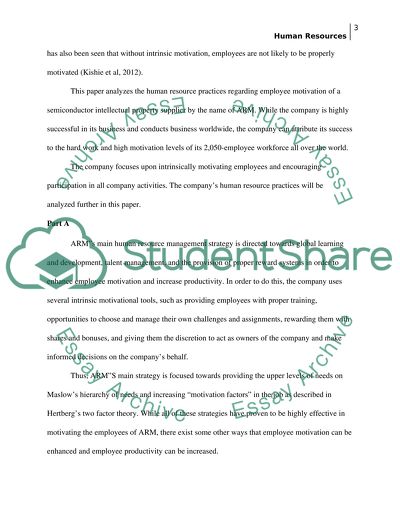Cite this document
(Employee Motivation at ARM Company Case Study Example | Topics and Well Written Essays - 2000 words - 1, n.d.)
Employee Motivation at ARM Company Case Study Example | Topics and Well Written Essays - 2000 words - 1. Retrieved from https://studentshare.org/human-resources/1613229-human-resources
Employee Motivation at ARM Company Case Study Example | Topics and Well Written Essays - 2000 words - 1. Retrieved from https://studentshare.org/human-resources/1613229-human-resources
(Employee Motivation at ARM Company Case Study Example | Topics and Well Written Essays - 2000 Words - 1)
Employee Motivation at ARM Company Case Study Example | Topics and Well Written Essays - 2000 Words - 1. https://studentshare.org/human-resources/1613229-human-resources.
Employee Motivation at ARM Company Case Study Example | Topics and Well Written Essays - 2000 Words - 1. https://studentshare.org/human-resources/1613229-human-resources.
“Employee Motivation at ARM Company Case Study Example | Topics and Well Written Essays - 2000 Words - 1”, n.d. https://studentshare.org/human-resources/1613229-human-resources.


